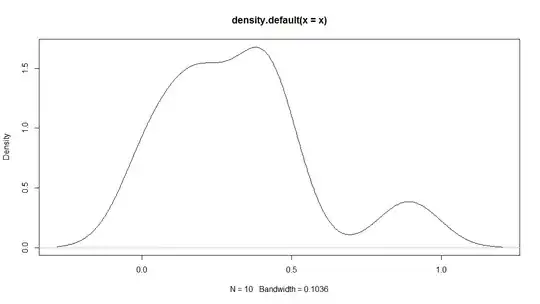I'm still in awe of whuber's crayon-depiction of covariance: How would you explain covariance to someone who understands only the mean?.
I get that in order to represent variance of $x$ with CDF $F$ using this crayon method, we would need to draw 3 i.i.d random variables $(x_1,x_2,x_3)$, and compute the amount of "red" when one corner of the rectangle is $(x_1,x_1)$ while the other is $(x_2,x_3)$. Is it obvious that this procedure would lead to a net positive amount of red area?
